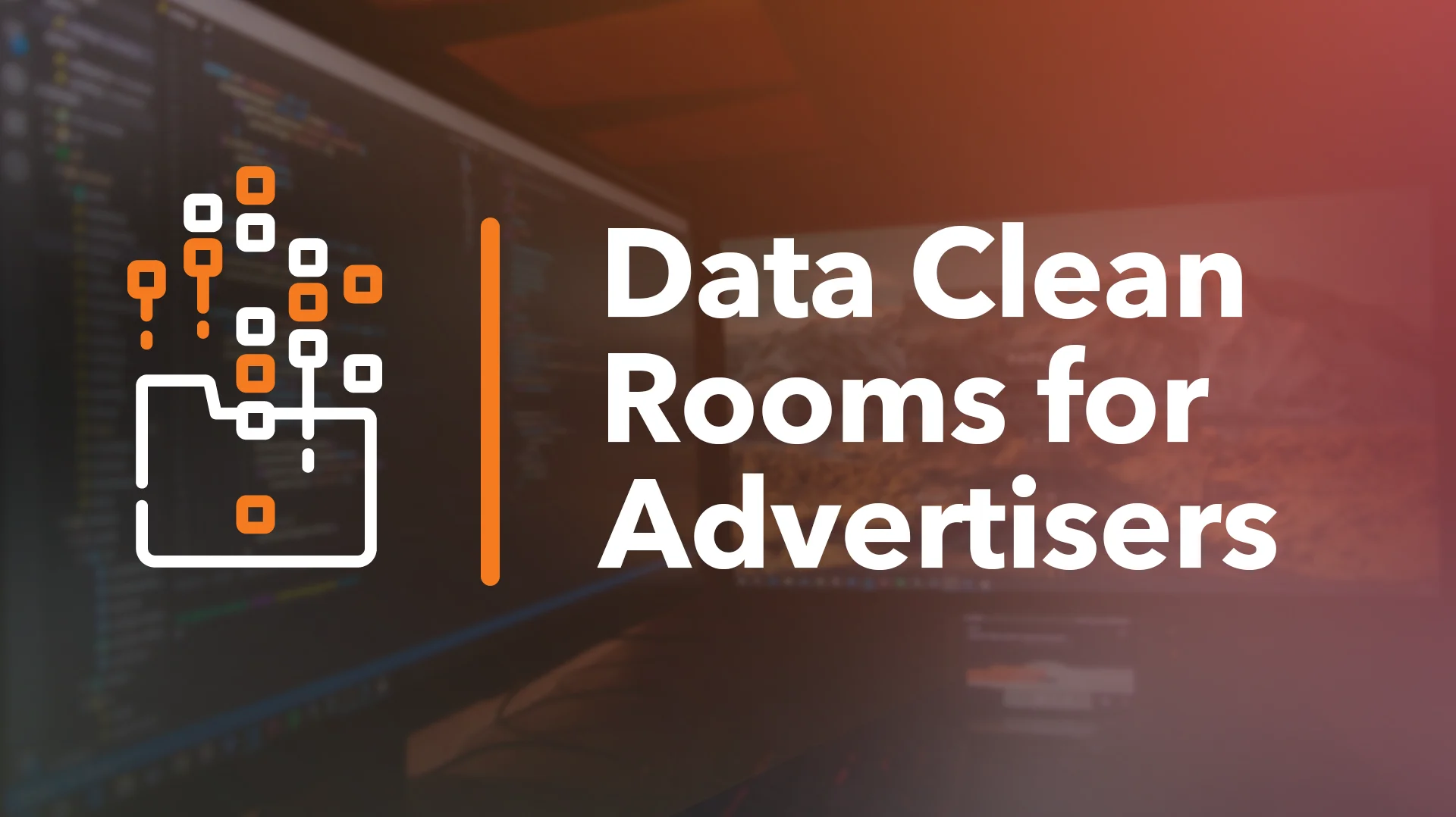2024 is looming, and the cookie apocalypse has already begun (see Safari and Firefox). The time to find new solutions is nearing. How can publishers prepare themselves?
Why it matters — In the world of privacy, what’s changing for us is the need to change. By understanding the buyer journey, they will spend more money, and everyone in the ad-serving process will be happy. In an internal study, TripleLift found that more than two-thirds of global buyers use brand metrics, engagement KPIs, and ad formats as their initial buying filters. Yet, 36-44% of advertisers stated effective targeting mattered most concerning the impact on ad receptivity and KPIs. So, with third-party cookies disappearing, do publishers have the right tools to meet advertiser demands, such as gathering performance data and accurate targeting capabilities?







